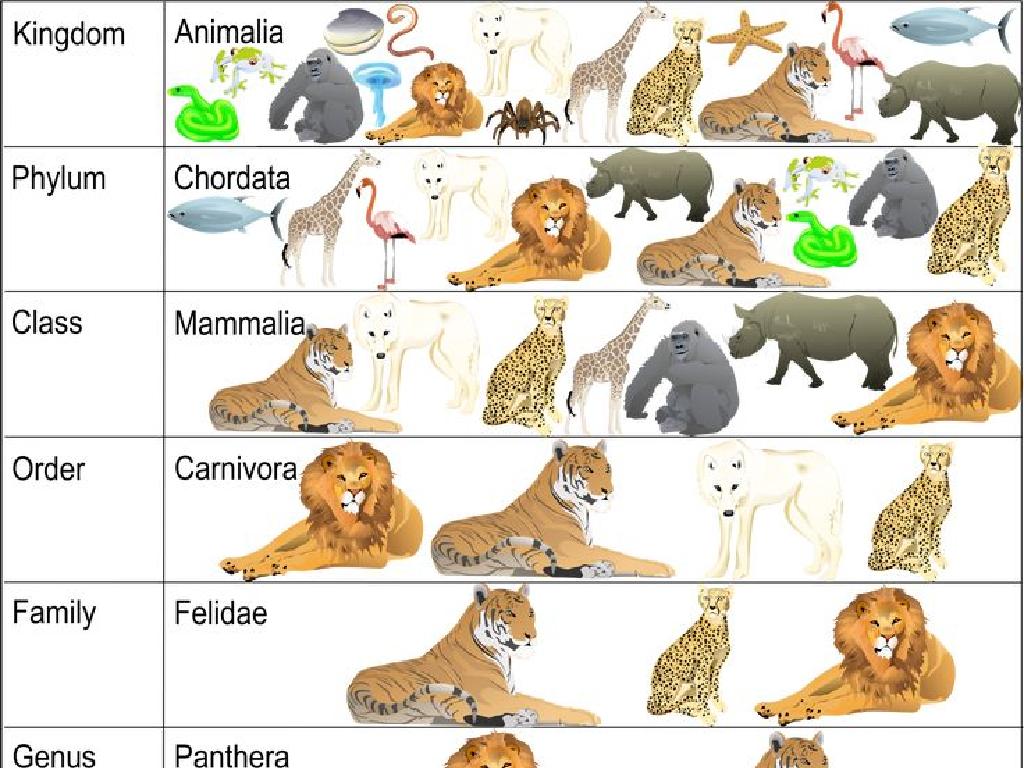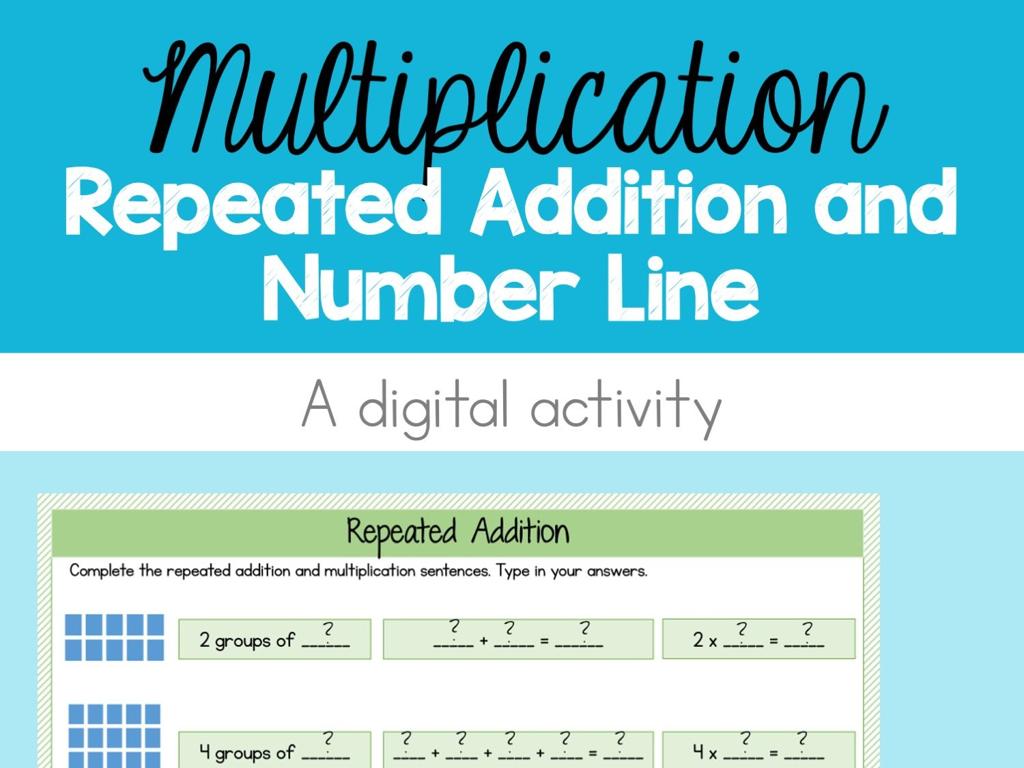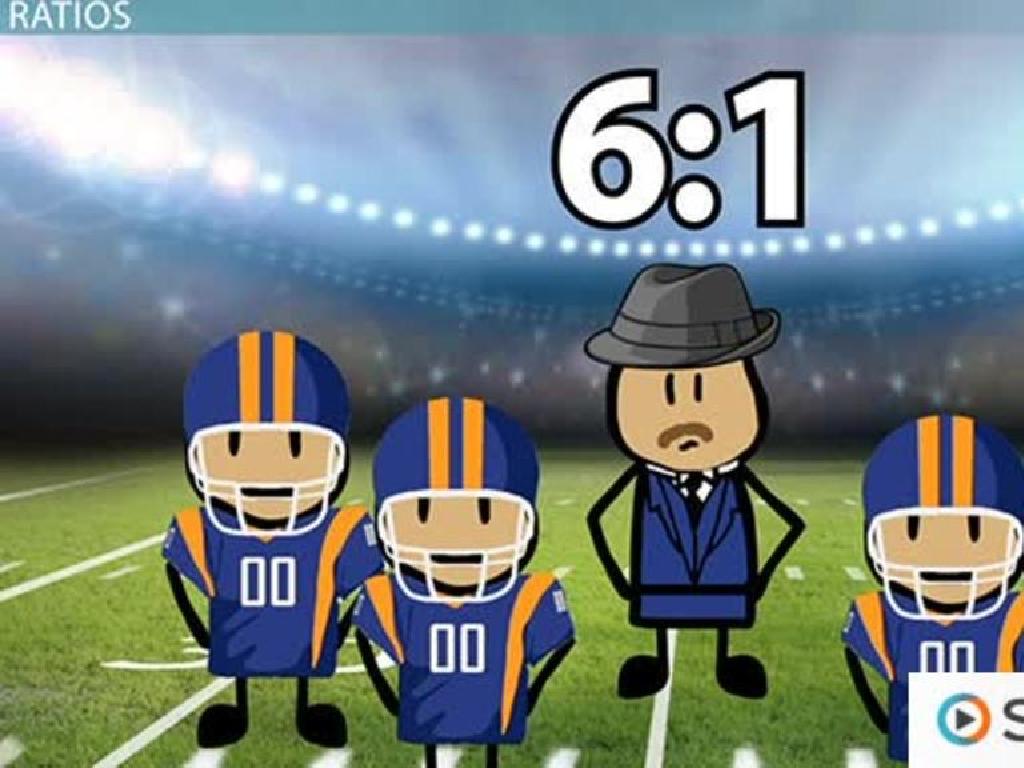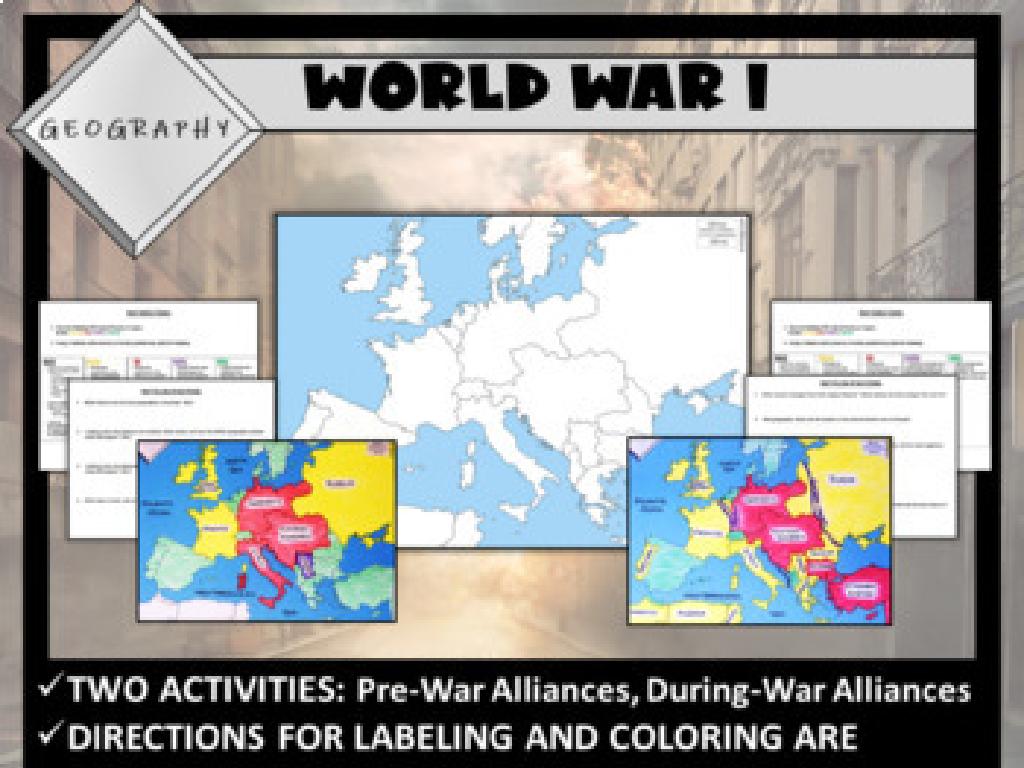Capitalize The First Letter Of A Sentence
Subject: Language arts
Grade: Kindergarten
Topic: Capitalization
Please LOG IN to download the presentation. Access is available to registered users only.
View More Content
Welcome to Capitalization!
– Learning about big letters
– Big letters start sentences
– Look at this: ‘The dog is brown.’ The ‘T’ is big!
– ‘Capital Letters’ are big letters
– When we write, the first letter is always big, like ‘C’ in ‘Cat’.
– Practice using capital letters
– We’ll write sentences together and make the first letter big.
|
This slide introduces the concept of capitalization to Kindergarten students by referring to capital letters as ‘big letters,’ which is a term they can easily understand. Emphasize that these big letters always come at the beginning of a sentence. Show examples on the board and in books where capital letters are used. Engage the students by asking them to find big letters in a sentence. For the activity, have students practice writing sentences on paper or a whiteboard, ensuring they start each one with a capital letter. Provide guidance and praise as they grasp the concept of capitalization.
Capital Letters Start Sentences!
– What is a sentence?
– A sentence is like a thought with words.
– Sentences begin with a capital
– The first word always starts BIG!
– Sentences end with a special mark
– Look for . ? or ! at the end.
– Practice capitalizing sentences
– We’ll write sentences with big starts.
|
This slide introduces the concept of a sentence and the importance of capitalization to Kindergarten students. Begin by explaining what a sentence is, emphasizing that it’s a complete idea made up of words. Highlight that every sentence starts with a capital letter, which is a ‘big’ or ‘tall’ letter, to make it special. Show them the punctuation marks that can end a sentence: a period, question mark, or exclamation mark. Engage the students in an activity where they practice writing sentences, starting each one with a capital letter and ending with the correct punctuation mark. This will help them remember to always start sentences with a capital letter in their writing.
Meet the Capital Letters
– Capital letters are big letters
– Start sentences and names with them
– Like ‘A’ for ‘Apple’ and ‘B’ for ‘Bear’
– Sing the alphabet song
– Use big letter versions in our song
– Practice using capital letters
– We’ll write sentences starting with capitals
|
This slide introduces kindergarteners to the concept of capital letters. Explain that capital letters are just like the letters they already know but larger in size. Emphasize that these big letters have special uses, such as starting sentences and names. Engage the class by singing the alphabet song together, this time focusing on the capital letters. After singing, practice writing capital letters on the board and have the students practice writing them too, especially at the beginning of sentences. Encourage them to always remember to use a capital letter for the first letter in their name and at the start of every sentence.
Practice Time: Spot the Capital Letter!
– Look at sentences together
– Spot the capital at the start
– Every sentence starts with a big letter, like ‘A’ or ‘T’
– Help fix sentences
– If a sentence starts with a small letter, we make it big
– Capital letters are important
|
This slide is for a class activity focused on identifying and correcting the capitalization of the first letter in sentences. Start by reading sentences aloud with the class and pointing to the first letter of each sentence. Ask the students if they see a big letter at the beginning. For sentences that start with a small letter, engage the students by asking for their help to make it right. Explain that every sentence should start with a capital letter because it shows where a new idea begins. Activities can include correcting sentences on a worksheet, writing sentences on the board with mixed capitalization for students to fix, or providing a short story with intentional capitalization errors for students to identify and correct.
Capital Letter Game
– Let’s play a fun game!
– Spot the capital letter at the start
– Look for a big letter at the beginning
– Tell me if the sentence is correct
– If not, we fix it together!
– We’ll make it right as a team
|
This interactive game is designed to help Kindergarten students recognize the importance of capitalizing the first letter of a sentence. Start by explaining that every sentence begins with a large, uppercase letter. Write sentences on the board, mixing correct and incorrect capitalization. Ask the students to identify if the sentence is written correctly. If a sentence starts with a lowercase letter, correct it together, emphasizing the uppercase version of the letter. This activity will reinforce the concept of capitalization in a fun, engaging way. Possible variations of the activity could include using flashcards, having students write sentences on the board, or creating a song about capital letters to sing along as a class.
Create Your Own Sentence
– Write your own sentence
– Think of something fun or interesting
– Begin with a big letter
– The first letter is always big, like ‘T’ in ‘The cat is fluffy.’
– Draw a picture for your sentence
– Your drawing should show what the sentence is about
|
This slide is an interactive activity for the students to apply what they’ve learned about capitalization. Encourage the children to think of a simple sentence about their favorite animal, food, or family member. Remind them that every sentence starts with a capital letter. After they write their sentence, ask them to draw a picture that illustrates what they wrote. This will help them associate the visual aspect of a capital letter with the act of starting a new sentence. For example, if a student writes ‘My dog is brown,’ they could draw their pet dog. Provide assistance as needed and praise their efforts to reinforce learning.
Sentence Scavenger Hunt Activity
– Let’s hunt for sentences around the room
– Check if they start with a capital letter
– Does ‘The cat is fluffy.’ start with a capital?
– Make a list of sentences we discover
– Discuss why capitals are important
– Capitals show the start of a new idea.
|
This interactive class activity is designed to help Kindergarten students recognize the importance of capitalizing the first letter of a sentence. Set up the classroom with various sentences posted around the room. Encourage the children to walk around and find these sentences. They should determine if each sentence starts with a capital letter. As they find sentences, help them compile a list on the board. After the scavenger hunt, discuss with the class why each sentence should start with a capital letter, emphasizing that it signifies the beginning of a new thought or idea. This activity not only reinforces the concept of capitalization but also engages students in a fun and physical way to learn.
Celebrating Capital Letters!
– Congrats on learning capital letters!
– Capitals start sentences!
– Every sentence begins with a big letter.
– You’re capital letter experts!
– Keep practicing capitals!
– Practice with your name, friends’ names, and places!
|
This slide is a conclusion to the lesson on capitalization, aimed at celebrating the students’ understanding of using capital letters to start sentences. Reinforce the importance of capitalization and praise their efforts in mastering this concept. Encourage them to always remember to use a capital letter at the beginning of every sentence, as well as for names and places. To continue their practice at home, suggest writing sentences about their day or stories about their favorite toys, making sure to use capital letters correctly. This positive reinforcement will help solidify their learning and encourage them to take pride in their writing skills.





